Refreezing thawed foods might seem like a convenient way to minimize waste, but it can compromise texture, flavor, and safety. Some foods, in particular, are highly susceptible to bacterial growth or degradation when repeatedly frozen and thawed. Here are 9 frozen foods you should never refreeze after thawing and why.
1. Raw Meat
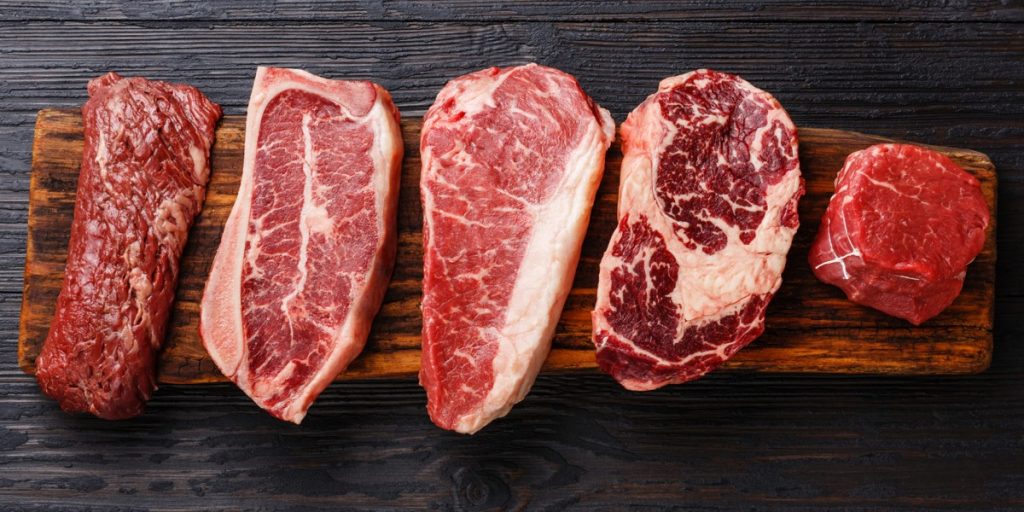
Raw meat, including beef, pork, and lamb, should never be refrozen after thawing. Once thawed, bacteria can begin to multiply, and refreezing doesn’t kill these bacteria. Refreezing also damages the meat’s texture, making it tough and less enjoyable to eat. Instead, portion your meat before freezing to avoid the need to refreeze.
2. Poultry
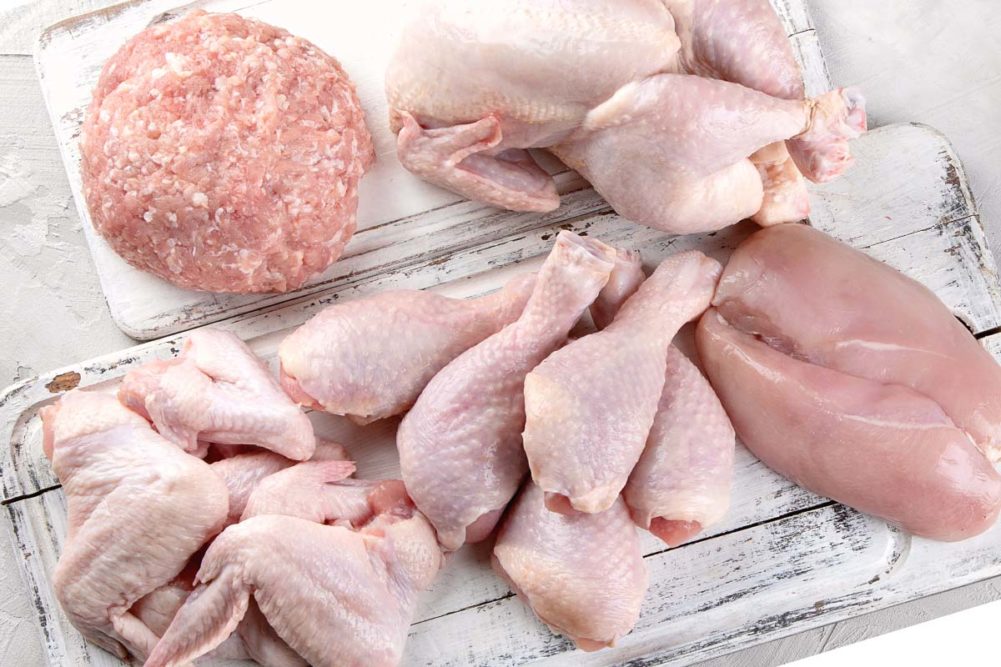
Thawed poultry, like chicken and turkey, is another food you should avoid refreezing. The moisture loss during thawing and refreezing can make poultry dry and rubbery. More importantly, the risk of bacterial contamination increases significantly. Cook thawed poultry promptly to ensure it’s safe to eat.
3. Seafood
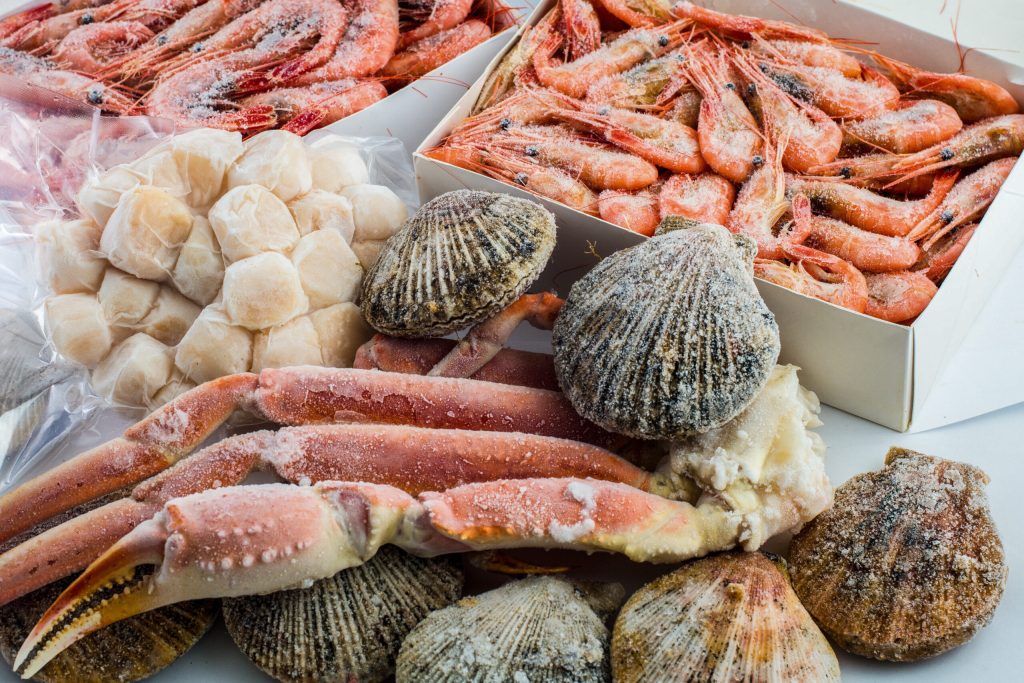
Seafood, such as fish, shrimp, and scallops, is extremely delicate and should not be refrozen after thawing. Refreezing can destroy the natural texture and cause an unpleasant fishy odor. Additionally, seafood is highly perishable, and improper handling can increase the risk of foodborne illness. Consume thawed seafood as soon as possible for the best taste and safety.
4. Frozen Vegetables
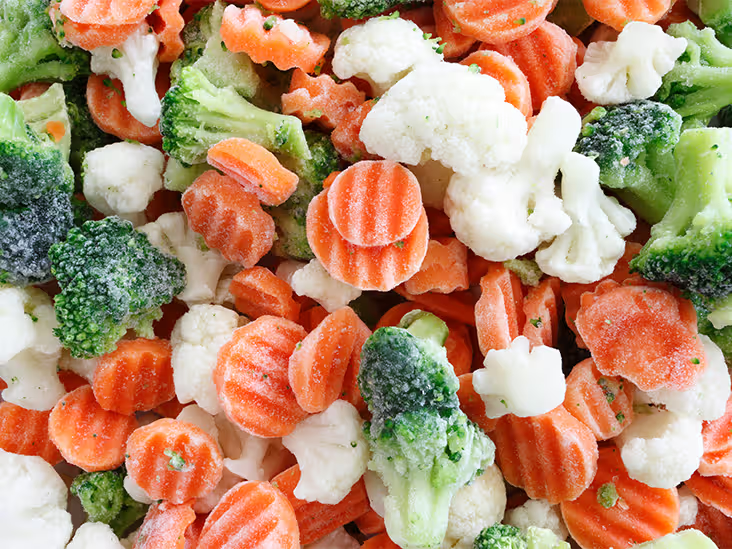
While vegetables may seem safe to refreeze, doing so can make them mushy and lose their flavor. The cellular structure of vegetables breaks down when thawed, and refreezing exacerbates the issue. For the best results, only defrost the amount you need and use it immediately in your recipes.
5. Frozen Fruits
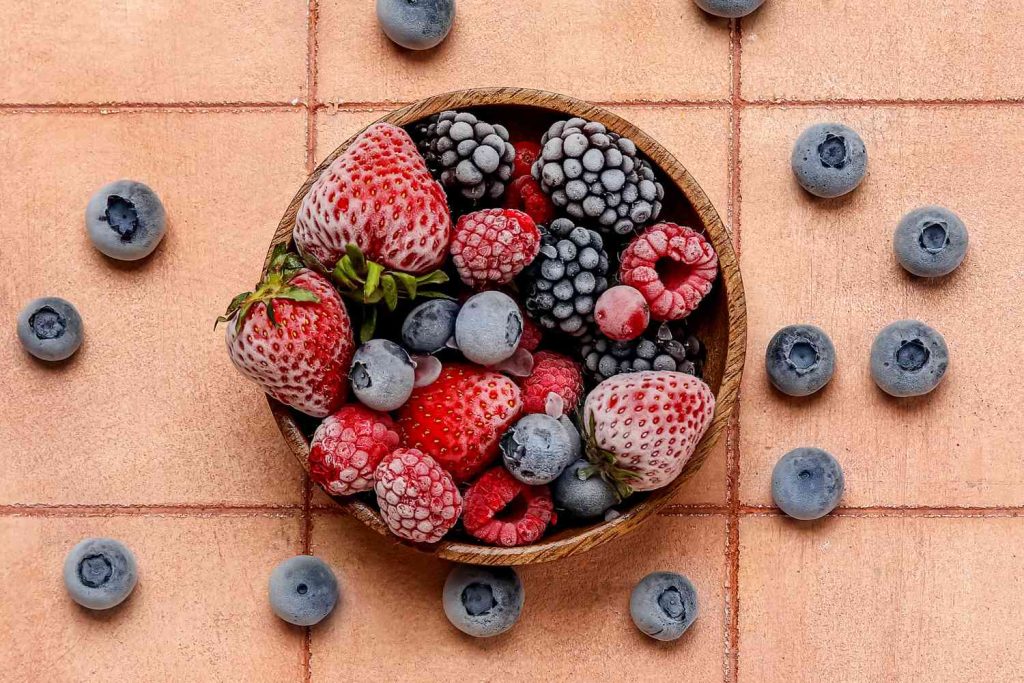
Similar to vegetables, frozen fruits lose their texture and flavor when refrozen. Thawing and refreezing cause fruits to become mushy and watery, making them less appealing for fresh use. If you have leftover thawed fruit, consider blending it into a smoothie or baking it into a dessert rather than refreezing.
6. Dairy-Based Sauces
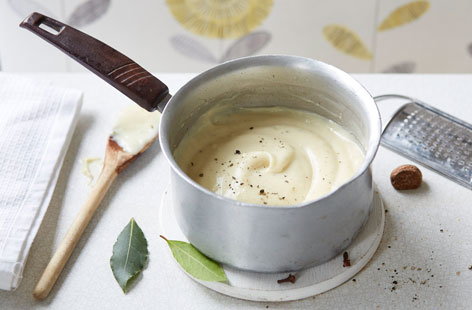
Dairy-based sauces, such as Alfredo or cheese sauces, tend to separate and curdle when refrozen. The texture becomes grainy and unappetizing, and the flavor can diminish. Instead of refreezing, use leftover thawed sauce in another dish or store it in the fridge for a short time.
7. Casseroles with Cream or Eggs
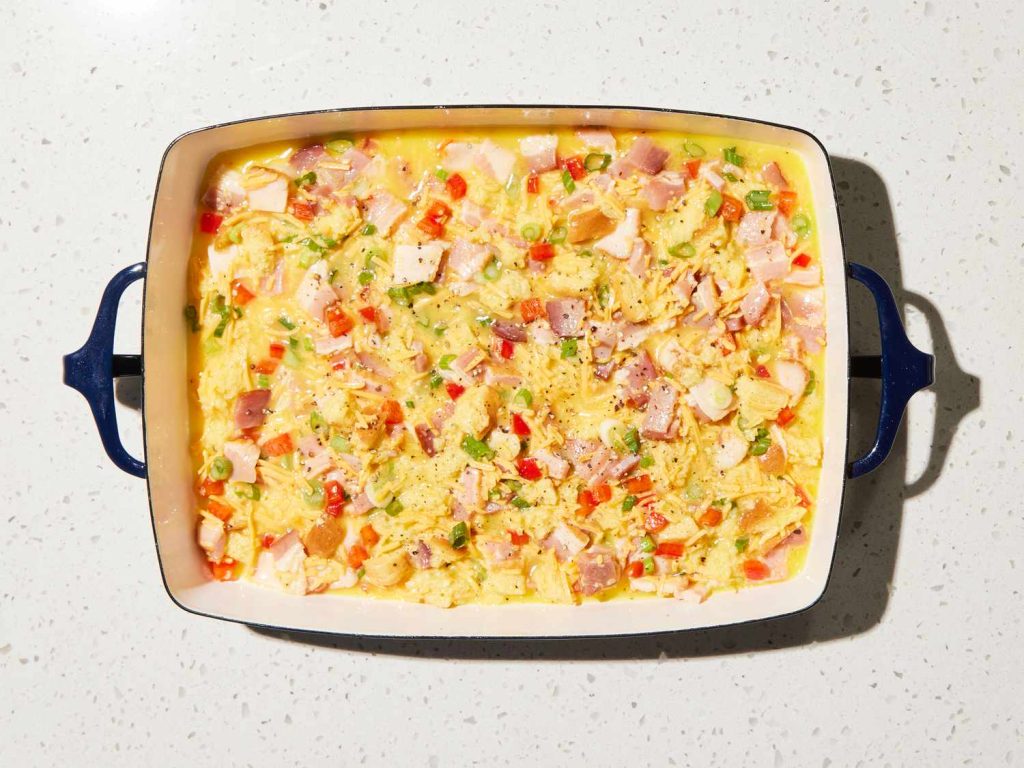
Casseroles containing cream or eggs should not be refrozen due to the risk of bacterial growth and texture changes. These ingredients are particularly sensitive to temperature fluctuations. If you have leftover casserole, store it in the fridge and consume it within a few days.
8. Cooked Pasta
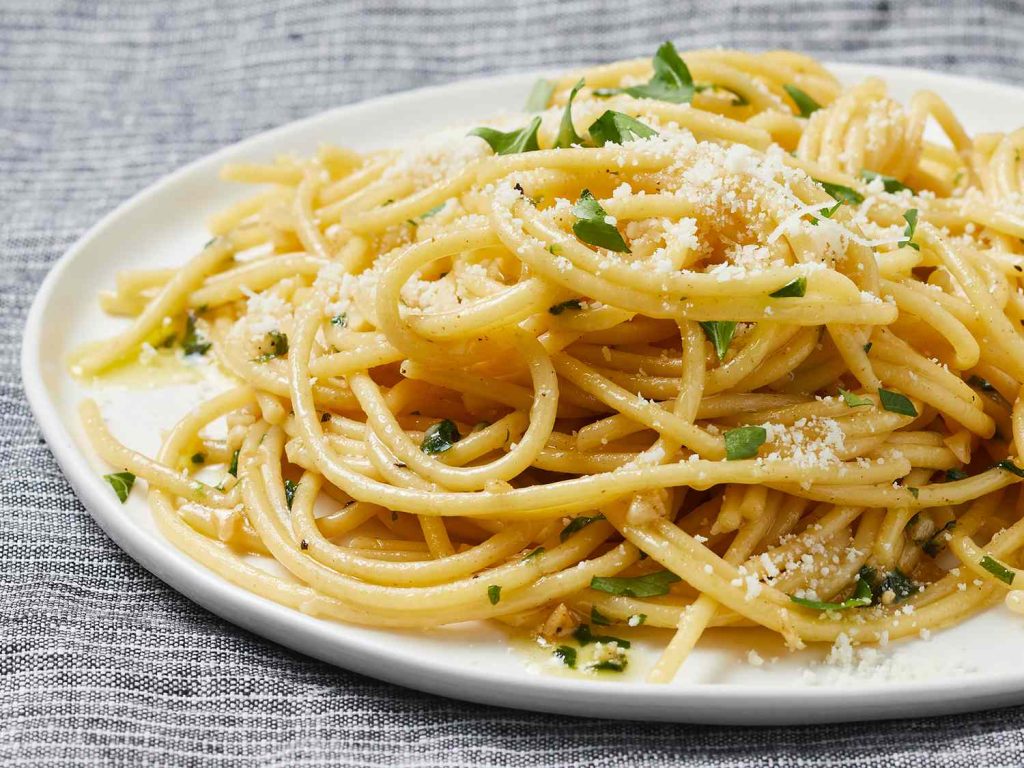
Cooked pasta becomes mushy and sticky when refrozen and thawed again. The structure of the pasta breaks down, making it unappetizing. To save leftover pasta, store it in the fridge and add it to soups or salads for quick meals.
9. Cooked Rice

Rice is another food that shouldn’t be refrozen after thawing, as it can harbor bacteria like Bacillus cereus. Refreezing cooked rice can also make it dry and grainy. If you have leftover rice, refrigerate it and use it in fried rice or other dishes within a day or two.
By understanding which foods shouldn’t be refrozen, you can ensure better quality meals and reduce the risk of foodborne illnesses. Always plan portions carefully and store your frozen foods properly to avoid unnecessary waste.
Leave a comment